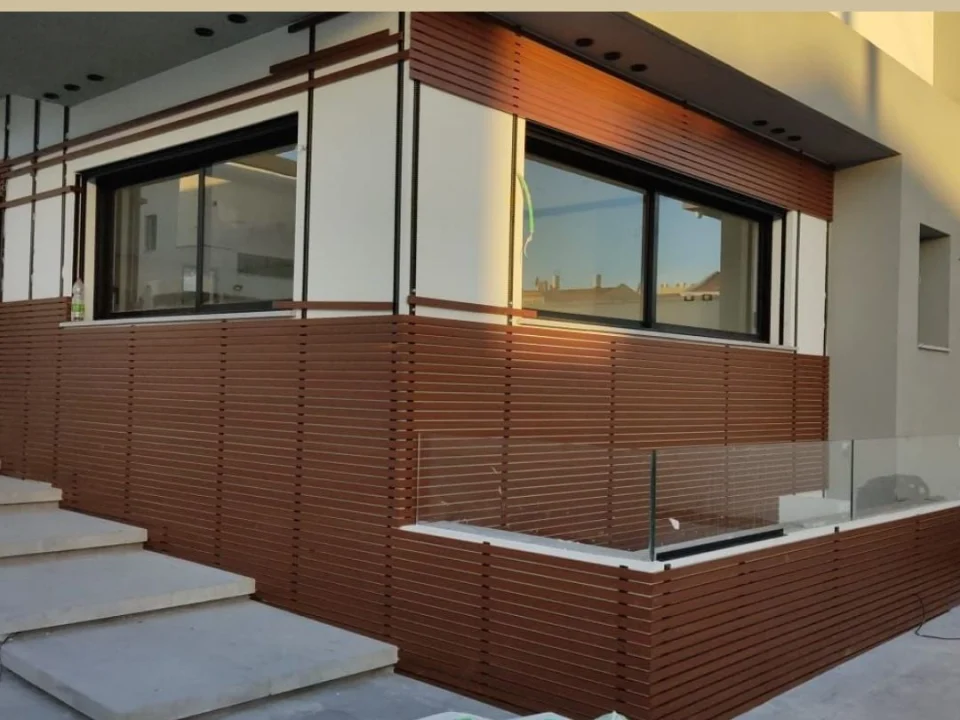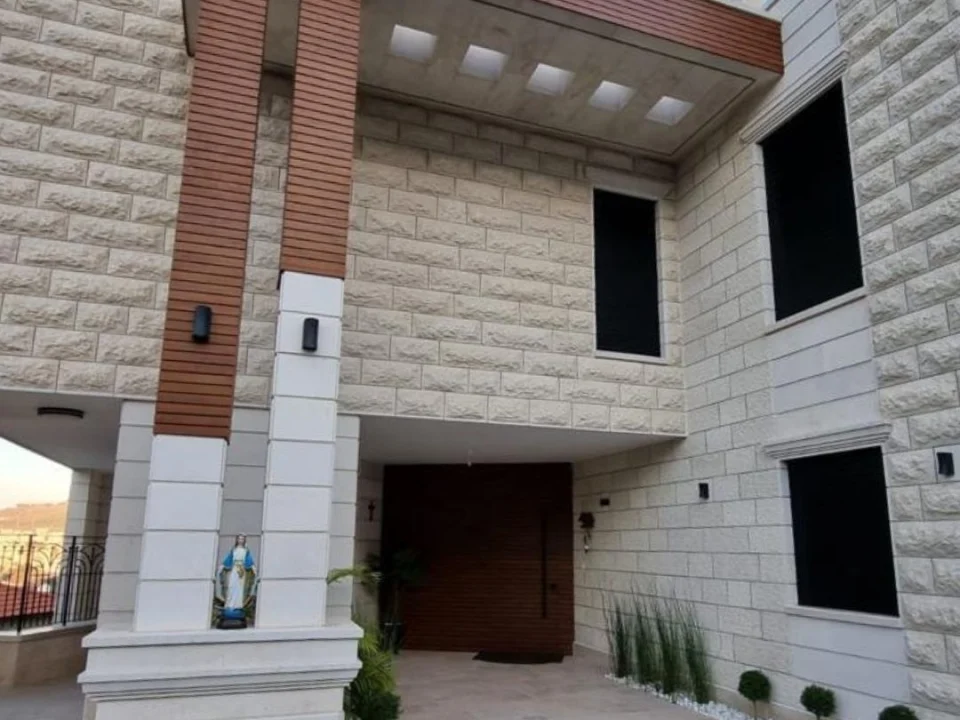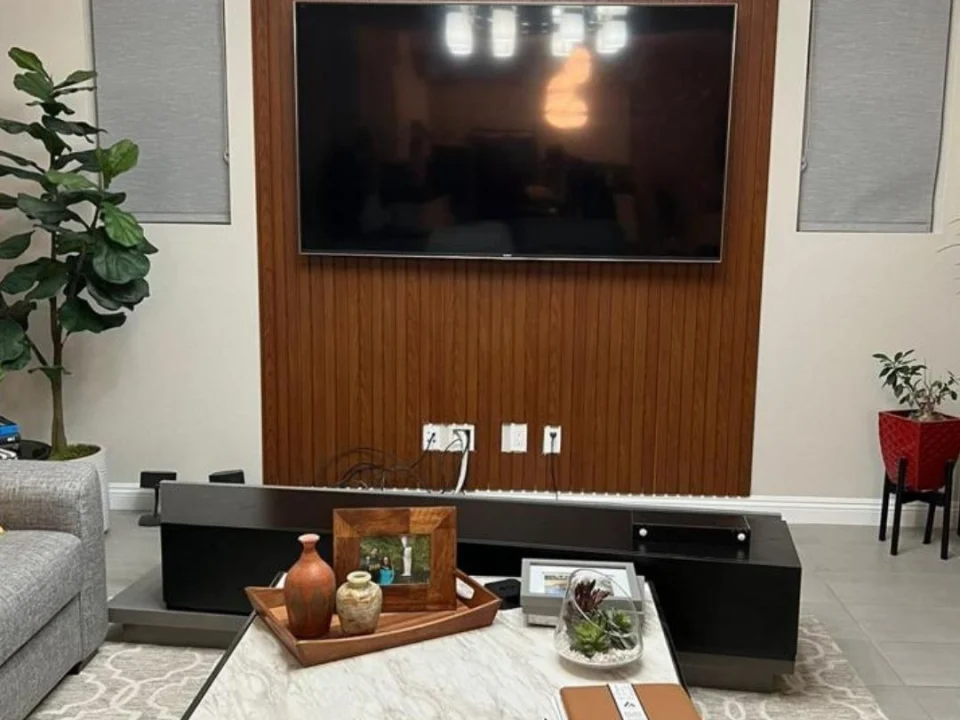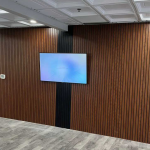
How Aluminum Cladding Reduces Overall Expenses
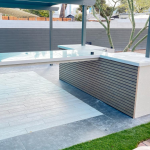
How Aluminum Cladding Enhances Building Safety and Insulation
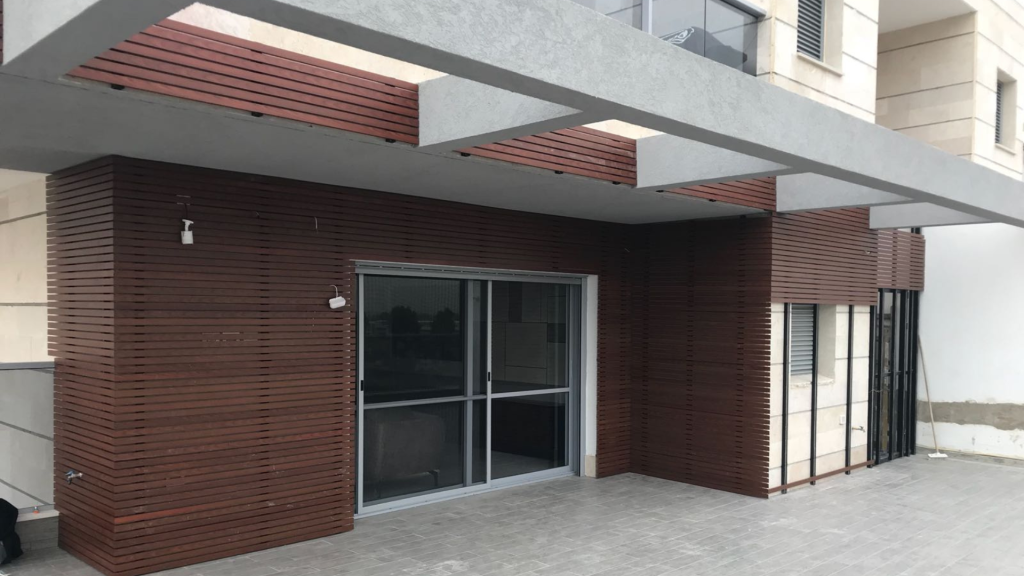
When embarking on a construction or renovation project, choosing the right cladding material is crucial for both aesthetic and functional purposes.
Among the myriad of options available, aluminum cladding stands out for its durability, low maintenance requirements, and excellent fire resistance.
But with various systems on offer, how do you decide which aluminum cladding system is right for your project? Let’s explore the differences and help you make an informed choice.
Choosing the ideal cladding material is a critical step in any construction or renovation project. Not only does the material need to complement the overall aesthetic vision, but it must also offer functional benefits that enhance the building’s durability and safety.
Aluminum cladding is popular due to its ability to resist corrosion, endure varying weather conditions, and maintain its structural integrity over time. Additionally, its lightweight nature simplifies installation and reduces the load on the underlying structure, allowing for creative architectural designs.
The fact that it’s relatively low-maintenance and recyclable adds to its appeal, making it a sustainable option for environmentally conscious projects.
However, the real advantage lies in aluminum cladding’s fire resistance, which is achieved through innovative design and advanced materials.
While all systems share these fundamental benefits, each has unique features that cater to different project needs.
Traditional aluminum panels, aluminum composite panels (ACPs), and modern click-profile systems each offer distinct solutions, with the latter emphasizing ease of installation and long-term versatility.
By understanding the strengths and limitations of each system, builders can align their choice with the building’s aesthetic requirements, performance needs, installation logistics, and budget constraints to ensure optimal safety and design outcomes.
Understanding Aluminum Cladding Systems
Aluminum cladding comes in several forms, each with its unique attributes. The most common systems include traditional aluminum panels, aluminum composite panels (ACPs), and newer, more innovative systems like the GTO Aluminum’s Universal Click-Profile System.
Aluminum cladding systems are tailored to suit different design and performance requirements, with each type bringing its own set of attributes. Traditional aluminum panels are a popular choice for projects demanding a minimalist, sleek look and are known for their straightforward installation.
These panels consist of solid aluminum sheets, offering durability and resistance to environmental wear and tear. Their simplicity makes them ideal for architects seeking a timeless facade that can withstand the test of time.
Aluminum composite panels (ACPs) introduce an additional layer of sophistication by sandwiching a core material between two aluminum sheets.
This structure enhances strength while reducing weight, and the choice of core materials, which range from polyethylene to mineral-based fire-resistant compounds, influences the panel’s safety and insulation characteristics.
For cutting-edge innovation, systems like GTO Aluminum’s Universal Click-Profile System emphasize speed and ease of installation.
Designed with efficiency in mind, it requires no visible screws and can be installed up to four times faster than competing systems, making it ideal for projects where labor cost and time are significant considerations.
Traditional Aluminum Panels: These are purely aluminum and are known for their durability and the ability to withstand harsh weather conditions. These panels are simple, yet highly effective at providing a sleek, modern look while offering the benefits of aluminum’s natural corrosion resistance and longevity.
Aluminum Composite Panels (ACPs): These panels consist of two aluminum sheets bonded to a non-aluminum core, typically made of polyethylene or a fire-resistant mineral-based core. ACPs are used extensively due to their versatility and the smooth finish they offer. However, it’s crucial to choose the right type of core to meet fire safety standards effectively.
Innovative Systems like GTO Aluminum’s Click-Profile System: This system revolutionizes installation with its quick and easy setup, which requires no visible screws or marks, providing a clean, modern finish. It’s particularly beneficial for projects where time and labor savings are priorities.
Key Considerations for Choosing a System
Aesthetic Requirements: Consider what visual impact you want your building to have. Aluminum cladding can be finished in various ways to suit different architectural styles. Whether you prefer a matte, textured, or glossy finish, there is a range of options like powder coating, anodizing, and PVDF coating available.
Performance Requirements: Depending on your building’s location and purpose, factors like thermal insulation, sound dampening, and especially fire resistance are critical. For instance, insulated aluminum cladding can help improve a building’s energy efficiency, which is vital for both environmental impact and operational costs.
Installation and Maintenance: Ease of installation and maintenance are also significant factors. Systems like the Universal Click-Profile System offer a distinct advantage here, being four times faster to install than competitors and requiring minimal maintenance. This system not only saves time during the initial installation but also simplifies future repairs or modifications.
Environmental Considerations: With increasing emphasis on sustainable construction practices, choosing cladding systems made from recyclable materials like aluminum is a responsible choice. Moreover, innovative aluminum systems that promote better energy efficiency can contribute to a building’s overall sustainability profile.
Cost: Budget is always a consideration in construction projects. Aluminum cladding is generally more cost-effective over the long term when compared to other materials like wood, due to its durability and low maintenance needs. However, the upfront cost can vary depending on the type of system and the specifics of the installation.
Making the Right Choice
Every building project has unique needs, and the best cladding system for your project will depend on a combination of aesthetic preferences, performance requirements, installation logistics, environmental impact, and budget. By understanding the specific benefits and limitations of each aluminum cladding system, you can make an informed decision that meets all your project’s needs.
Whether you’re a seasoned architect or a first-time builder, taking the time to assess these factors will ensure that your building not only looks great but also performs excellently for years to come.
For more detailed information or to explore specific products, like GTO Aluminum or consulting with industry experts can provide additional insights and help tailor the solution to your project’s requirements.
This is where GTO Aluminum steps in, offering not just materials but comprehensive solutions backed by expert guidance.


